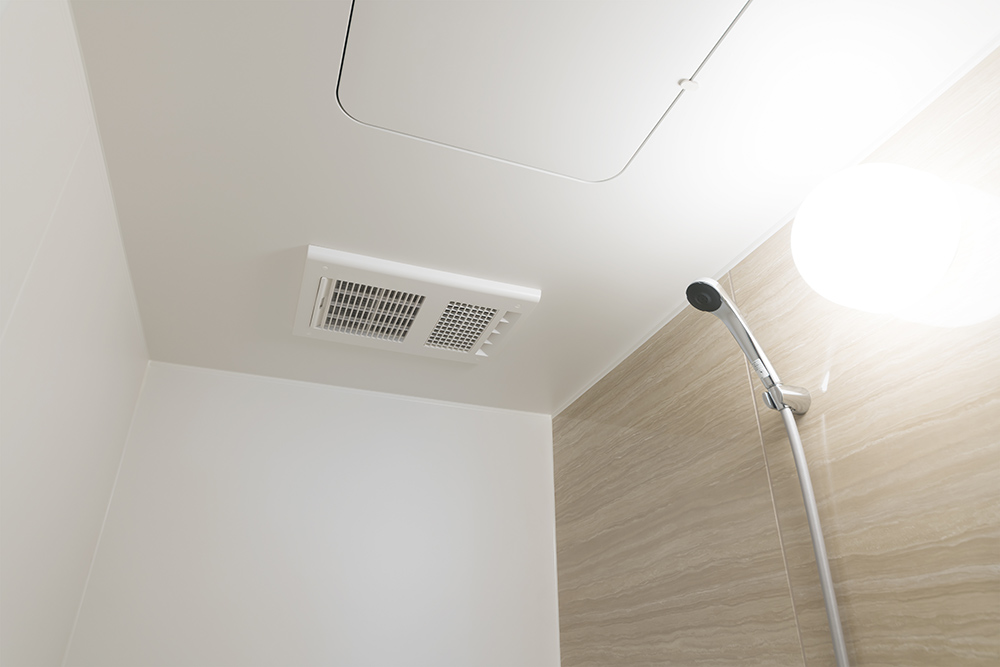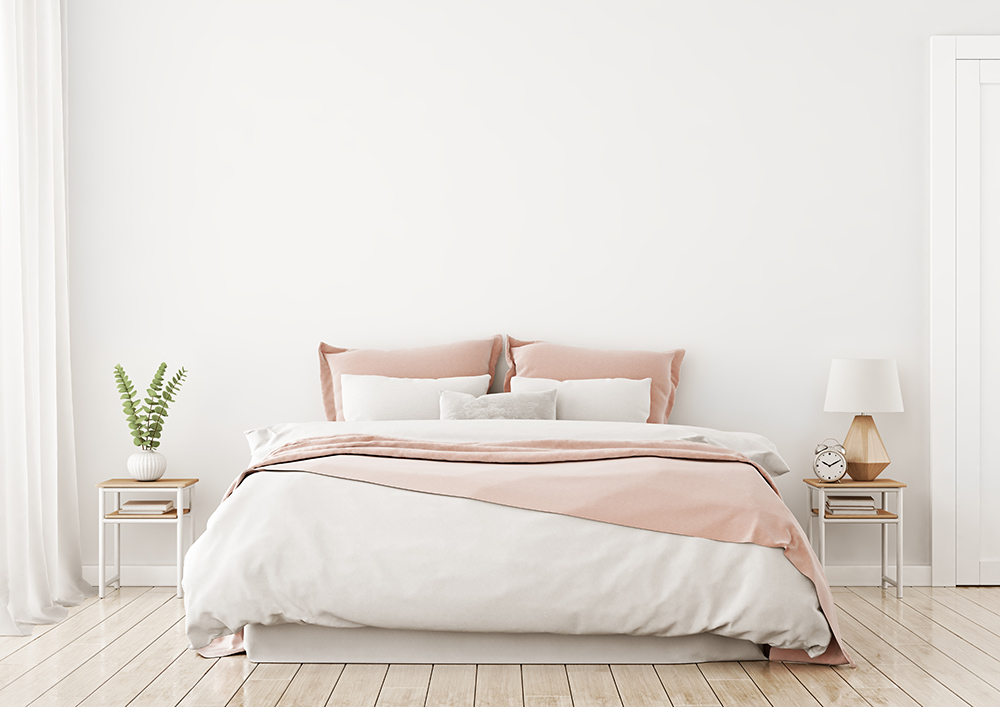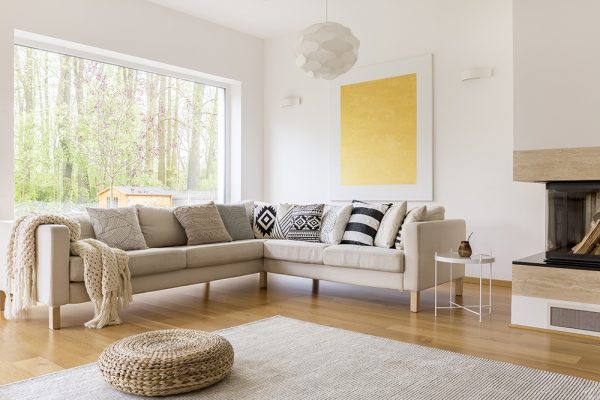Home design is one of those things that everyone wants to get right.
It’s easy enough to do, and you don’t have to think too hard about it. Planning for this kind of experience is easy, you just have to make sure you avoid some of the common home design pitfalls.
Pitfalls? What pitfalls? Well, there’s a handful of mistakes that a lot of people tend to make when it comes to home design, and it can wind up costing them quite a bit. So, with that in mind, let’s take a look at the usual suspects and what you’ll need to keep in mind.
1. Improper Use of Space
When it comes to planning out space for your home, you need to remember just how important space can be to the whole equation. Ultimately, what you’re going to want to do is to make sure that you’ve worked out how to utilise the space you have in the most effective way. Here’s a couple of tips for that type of situation:
- If you’re designing space, the rooms need to flow together in a pseudo-organised fashion. This rule applies even if you’re not using an open floor plan.
- There needs to be a proper amount of storage space, and it does need to be put into a place which is both visually suitable and accessible.
- When creating a design, try and think about how you’ll use the home everyday. Make sure that your design is based on ease of use whilst navigating through the environment.
2. Vent Systems and Air Conditioning
Proper ventilation and air conditioning has to be a core part of any home to make sure that you are protecting yourself and anyone else from harm.

If you don’t have a good vent system in place, you can encounter problems with things like moisture and mold growing in places it shouldn’t. It’s this kind of poor design which can generate health issues for people later on. That’s why it is vital that you work on the vent system properly.
You need to make sure you pick the right kind of vent system and air conditioning (where applicable), to work with the space you currently have. You need to think about space, size and overall energy efficiency to get the best results. Otherwise, you might find that what you design isn’t fit for purpose or doesn’t work for the energy rating you want. Remember, ventilation is key in any space.
3. Lighting Concerns
When it comes to any kind of space, you have to think about the lighting that you are using. There are different types of lighting to work with, and they all play a unique role when it comes to designing a house or home.
You need to think about windows, and the ratio of natural light to artificial light. In the absence of suitable light, a lot of homes don’t reach their fullest potential. Every space in the home, each room, will have its own unique lighting requirements and needs, so you want to think about all of them effectively. To consider a practical example, one type of lighting might be suitable for a bedroom, but not for a bathroom.
4. Useless Rooms
When building any kind of room, you need to make sure that you have carefully chosen the needs of the space before you design it. One of the most common mistakes that people make when designing a house or home for themselves as they create rooms that have no practical purpose.
It’s okay to have a spare room. A lot of people have a spare room. But you have to be able to use the spare room to make it worth the time. Otherwise, you’ve just designed a space that has no use at all. It just becomes the room that people dump things in.
5. The Bedroom Placement
So, if you are going to design your own home, you have to make sure that you have selected the right place to put the bedroom. Specifically, you should not put the bedroom anywhere near traffic. Traffic can be a massive deterrent for sleeping in a room, so your bedroom needs to be located to the opposite end of the house.

It’s important to design a bedroom that will ultimately meet every need you have. Whether this is a specific space, or a certain size. You need to make sure that you have considered all the practical elements of the bedroom before you commit to a design, and don’t be afraid to experiment. Remember, visualisation is an important part of designing any home.
